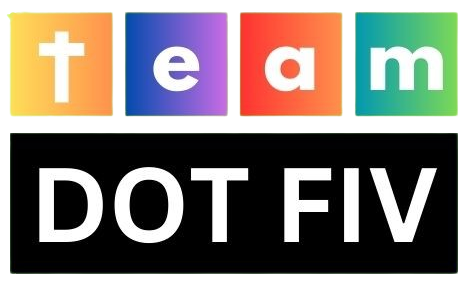Introduction:
Financial literacy is a crucial life skill that empowers individuals to make informed decisions about money management, savings, and investments. By teaching kids about money from a young age, parents can lay the foundation for healthy financial habits that will serve them well throughout their lives. In this blog, we’ll explore the importance of teaching kids about money and share practical tips for building financial literacy from an early age.
- Start Early:
It’s never too early to start teaching kids about money. From preschoolers to teenagers, children can benefit from age-appropriate lessons and activities that instill basic financial concepts and habits. Use everyday opportunities, such as shopping trips, allowance discussions, and family budgeting, to introduce kids to the value of money and the importance of making smart financial choices. - Lead by Example:
Parents are the primary role models for their children when it comes to money management. Demonstrate responsible financial behaviors, such as budgeting, saving, and investing, in your own life and involve kids in age-appropriate financial discussions and decisions. By modeling positive financial habits, you can inspire kids to adopt similar behaviors and develop a healthy relationship with money. - Make Learning Fun:
Engage kids in interactive and hands-on activities that make learning about money enjoyable and relatable. Play games like Monopoly or The Game of Life to teach kids about budgeting, saving, and investing in a fun and interactive way. Create a pretend store or lemonade stand to introduce basic concepts of earning, spending, and managing money. Encourage kids to set savings goals and track their progress to reinforce the importance of saving for the future. - Teach Basic Financial Concepts:
Introduce kids to fundamental financial concepts, such as earning, saving, budgeting, and investing, in age-appropriate ways. Use real-life examples and experiences to illustrate these concepts and help kids understand their relevance to everyday life. Break down complex topics into simple terms that kids can grasp and encourage questions and curiosity to foster a deeper understanding of financial principles. - Provide Hands-On Experience:
Give kids opportunities to practice money management skills in real-world situations. Offer them an allowance or encourage them to earn money through chores, babysitting, or entrepreneurial ventures. Teach them how to budget their allowance, set savings goals, and make spending decisions based on their priorities. Allow kids to make mistakes and learn from them, providing guidance and support along the way. - Foster Open Communication:
Create a supportive and open environment for discussing money matters with kids. Encourage them to ask questions, share their thoughts and concerns, and seek guidance when needed. Be honest and transparent about financial topics, including family finances, budgeting decisions, and financial goals, while respecting age-appropriate boundaries and sensitivities. - Reinforce Positive Behaviors:
Recognize and celebrate kids’ achievements and progress in building financial literacy. Praise them for saving money, making thoughtful spending choices, and achieving their savings goals. Use positive reinforcement to reinforce good financial habits and encourage continued learning and growth.
Conclusion:
Teaching kids about money is a valuable investment in their future financial well-being. By starting early, leading by example, making learning fun, teaching basic financial concepts, providing hands-on experience, fostering open communication, and reinforcing positive behaviors, parents can empower kids to become financially responsible adults. By equipping children with essential money management skills and habits from a young age, parents can help them build a solid foundation for lifelong financial success and security.





 No products in the cart.
No products in the cart.